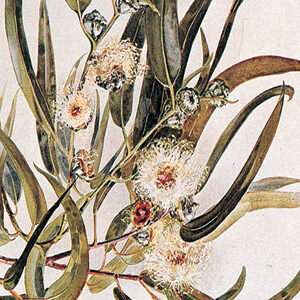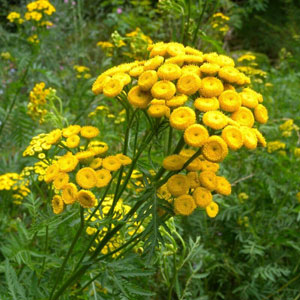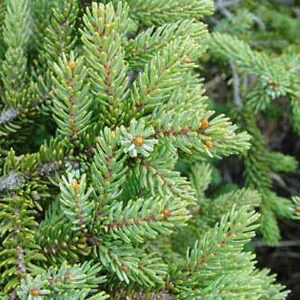Ravintsara
6,00€ – 55,00€
Ravensara Wild Essential Oil.
he Ravensare tree is 20 meters high with several buttress roots at the base.
RAVINTSARA Cinnamomum camphora
• Strong antiviral, antimicrobial, nerve tonic, as well as respiratory and immune boosting
properties
• Best for Respiratory and bronchial conditions due to the high content of 1,8-cineole,
whooping cough
• Ravintsara’s aroma is very reminiscent of ecalyptus globules due to the 1,8-cineole.
• Ravintsara considered to be safer choice for use with children
Description
Source: steamed distilled from leaves of the tree.
Colour: Clear.
The plant: Cinnamomum camphora is an evergreen Tree growing to 6 m (19ft) by 6 m
(19ft) at a slow rate. It is hardy to zone (UK) 9 and is frost tender. It is in leaf all year, in
flower from March to June. The species is hermaphrodite (has both male and female
organs) and is pollinated by Diptera.
Suitable for: light (sandy), medium (loamy) and heavy (clay) soils and prefers well-
drained soil. Suitable pH: acid, neutral and basic (alkaline) soils and can grow in very
acid and very alkaline soils.
It can grow in semi-shade (light woodland) or no shade. It prefers moist soil.
Origin: A member of the Lauraceae family Cinnamomum camphora (NEES) is not an
endemic species of Madagascar, it is also found in China, as it originated from Borneo
and has been widely used as an ornamental tree. This tree is called Ravintsara in
Malagasy. The essential oil of the Cinnamomum camphora from Madagascar is definitely
different from the one that originates from China and I recommend that the essential oil
should be called Ravintsara (Cinnamomum camphora) essential oil. Interesting note:
Cinnamomum camphora (Ravintsara) from Madagascar is High in cineole; around 60%.
Cinnamomum camphora (Ho leaf) from China is high in Linalool around 80 to 95%
depending on how it is distilled.
History: Camphor has a long history of herbal use in the Orient with a wide range of
uses. It has occasionally been used internally in the treatment of hysteria, but in modern
day herbalism it is mainly used as the essential oil and internal use is not advised. The
wood and leaves are analgesic, antispasmodic, odontalgic, rubefacient, stimulant. An
infusion is used as an inhalant in the treatment of colds and diseases of the lungs.
Aroma: Sharp, sweet , piercing with camphor like tones very much like cajeput.
Qualities: Very clearing, ideal for all respiratory tract infections, antiviral and an
immunostimulant. Ideal in the bath on the on set of a cold or flu.
Essential oil: The plant is more commonly used in the form of the essential oil which can
be obtained by distillation of the chipped branches, trunk and wood of the tree, or from
the leaves and twigs. Wood 24-40 years old is normally used. The essential oil is
anthelmintic, antirheumatic, antispasmodic, cardiotonic, carminative, diaphoretic,
sedative and tonic. It is used externally in liniments for treating joint and muscle pains,
balms for chilblains, chapped lips, cold sores, skin diseases etc and as an inhalant for
bronchial congestion. Some caution is advised, excessive use causes vomiting,
palpitations, convulsions and death. It is possible that the oil can be absorbed through the
skin, causing systemic poisoning. The essential oil is used in aromatherapy. Its keyword
is “Piercing”. It is used in the treatment of digestive complaints and depression. The
German Commission E Monographs, a therapeutic guide to herbal medicine, approve
Cinnamomum camphora for Arrhythmia, Cough/bronchitis, Hypotension, Nervous heart
complaints, Rheumatism.
Caution: There is much confusion over this oil and usually Ravintsara is sold as
Ravensara. We have carried out extensive research employing the expertise of Dr.Nesbitt
from Kew Botanical Gardens in London. It is very clear that they are both very different
chemically and are from different species of tree.
The production of this oil is of great concern to the environment as it is usual practice to
cut down the whole tree to harvest the leaves/twigs etc. Our oil is produced using only
the leaves, which are harvested without destroying the trees. Sustainable Wild Organic:
no pesticides or herbicides used.
Related products
4,50€ – 34,50€
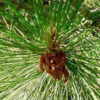
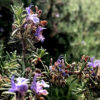
4,00€ – 30,00€


